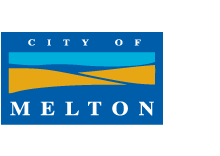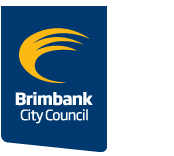Low Carbon West is a strategy to reduce greenhouse gas emissions across a broad range of sectors in the western region of Melbourne. At the regional level, our first priority is to help businesses reduce their energy use.
Why? Because nearly half (46%) of the total emissions in the region are generated by the energy used in non-residential buildings; that is, in factories, facilities and commercial and retail premises. Retrofitting those buildings for energy efficiency and installing solar panels will promote economic development. Increasing this type of retrofitting in the western region by 15% would lead to $1.1 billion in direct investment and create more than 4,700 jobs (WAGA and EAGA, 2014, EUAs for the Regions).
Looking at finance options is crucial for any business interested in undertaking an efficiency retrofit or solar installation. That’s why the Low Carbon West project team is now exploring how to help businesses understand and access the finance.
Businesses can, if they have the cash, pay upfront for retrofits and solar, and some banks and other finance institutions also offer tailored loans for sustainability initiatives. Other options to consider include:
- Environmental Upgrade Agreements (EUAs) – An EUA is a loan in which repayments from the customer to the lending finance institution are made via a property charge to the local council, just like rates are paid. EUAs are very secure for lenders and are therefore offered at attractive terms for business customers. At present, they are only available within the City of Melbourne. The Victorian Parliament is considering legislation that would allow councils across the state to implement them. For information on how they work, see Better Building Finance, an information site set up by the Sustainable Melbourne Fund, which administers EUAs for the City of Melbourne.
- Solar Leasing – Under a solar lease, a customer pays a fixed monthly amount for the use of a solar array installed on their premises, usually for five to ten years. In some cases, there’s an option to purchase the array at the end of the lease period. Savings on power bills offset the monthly payments. The Australian Guide to Solar Leasing explains the products offered by different solar leasing providers for both solar installers and their customers.
- Solar Power Purchasing Agreements (PPAs) – In a PPA, a solar installer pays for the solar array installed on a customer’s roof and then sells them renewable energy at a cheaper rate than they would pay a standard energy retailer. PPAs are new in Australia, so it’s hard to know how effective they will be.
With all these options, there are costs and benefits, and the best decision will depend on a business’s energy and finance needs, as well as its potential for generating renewable energy. Last year, Choice conducted a useful summary comparison of some of the options (4 November 2014, ‘Solar PV system leasing and PV power purchasing agreements’). But finance products are rapidly developing for the solar market and energy efficiency, and there’s still much to learn.








